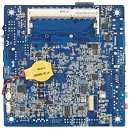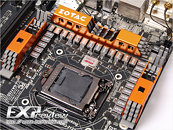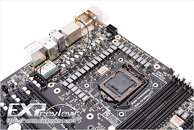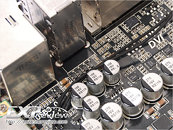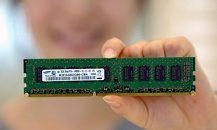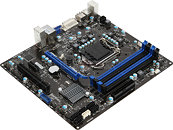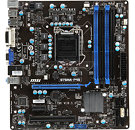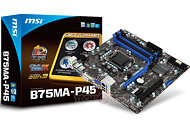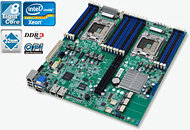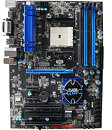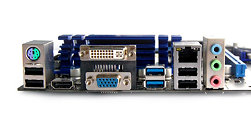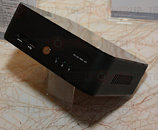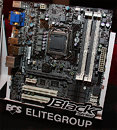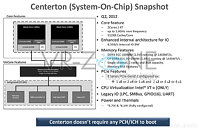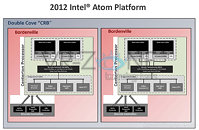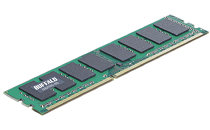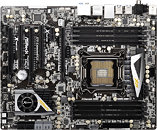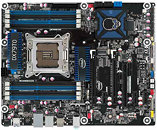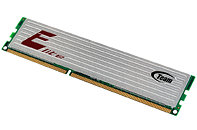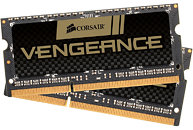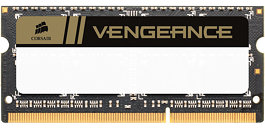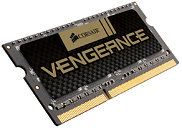J&W Unveils First Nano-ITX Atom "Cedar Trail" Motherboard
Embedded systems and IPC maker J&W unveiled the first Atom "Cedar Trail" motherboard in the nano-ITX form-factor. The board measures just 120 x 120 mm, and is designed for embedded computing devices. It draws power from a 2-pin 12V DC input. It holds a dual-core Intel Atom D2700 (2.13 GHz) or D2500 (1.83 GHz) processor, one DDR3 SO-DIMM slot (reverse side), which supports up to 4 GB of DDR3-1066/800 MHz memory, and basic connectivity. The lone expansion slot is a mini-PCIe, designed to hold WLAN adapters.
Display outputs include D-Sub (by header), LVDS, and HDMI. Connectivity options include one SATA 3 Gb/s (AHCI), five USB 2.0 ports (three type-A connectors, two via headers), gigabit Ethernet, 6-channel HD audio over HDMI and 2-channel analog audio, RS232 Serial, SD/SDHC card reader, SIM card slot (3G option), consumer IR, and PS/2 (header). The CPU and core logic can be passively cooled. The Cedar Trail Nano-ITX board from J&W will be available to embedded systems and IPC markets, soon.
Display outputs include D-Sub (by header), LVDS, and HDMI. Connectivity options include one SATA 3 Gb/s (AHCI), five USB 2.0 ports (three type-A connectors, two via headers), gigabit Ethernet, 6-channel HD audio over HDMI and 2-channel analog audio, RS232 Serial, SD/SDHC card reader, SIM card slot (3G option), consumer IR, and PS/2 (header). The CPU and core logic can be passively cooled. The Cedar Trail Nano-ITX board from J&W will be available to embedded systems and IPC markets, soon.

